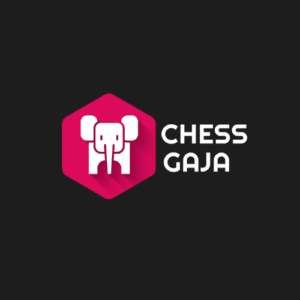Introduction
In the fast-paced world of corporate life, finding ways to enhance productivity and focus is a constant challenge. One unexpected solution gaining traction is incorporating chess into the corporate environment. Chess is more than just a game; it’s a powerful tool for improving strategic thinking, problem-solving, and decision-making skills. In this blog post, we will provide a step-by-step guide on how to implement chess in corporate settings, helping employees sharpen their minds and boost their efficiency.
Step 1: Assess Interest and Readiness
The first step is to gauge the interest and readiness of your team or colleagues for implementing chess. You can:
- Conduct a survey or informal discussions to see if there is an interest in chess within your organization.
- Assess the available resources and space for chess activities.
Step 2: Provide Access to Chess Resources
To get started, ensure that your team has easy access to chess resources. This includes chess sets, boards, and chess software or apps. Consider setting up a designated area where employees can play and practice during breaks or downtime.
- Invest in quality chess sets and boards for the office, or encourage employees to bring their own.
- Install chess apps or software on office computers for quick and convenient access.
Step 3: Organize Chess Workshops and Tournaments
Engaging in chess workshops and tournaments can be an excellent way to introduce chess to your corporate setting. These events not only promote teamwork but also foster a sense of healthy competition.
- Invite a chess instructor or expert to conduct workshops for beginners and intermediate players.
- Organize friendly chess tournaments with prizes or recognition for participants.
Step 4: Encourage Regular Chess Breaks
Incorporating chess breaks into the workday can help employees recharge their minds and increase focus. Set aside specific times for chess breaks or create a chess club where employees can play during their free time.
- Promote the “Pomodoro Technique,” where employees play a quick game of chess during their 5-minute breaks every hour to refresh their minds.
- Encourage team chess matches during lunch breaks to build camaraderie and enhance collaboration.
Step 5: Recognize the Benefits
To ensure the success of implementing chess in the corporate environment, it’s essential to communicate the benefits to employees. Highlight how chess can enhance their cognitive abilities, problem-solving skills, and overall productivity.
- Share success stories of individuals or companies that have experienced improvements in decision-making and strategic thinking through chess.
- Conduct periodic assessments or surveys to measure the impact of chess on employee performance and job satisfaction.
Step 6: Promote Learning Resources
Encourage employees to deepen their understanding of chess through learning resources such as books, online courses, and tutorials. Providing access to these materials can help employees improve their skills at their own pace.
- Create a chess library or resource center in the office with books, videos, and tutorials.
- Offer financial support or incentives for employees who wish to enroll in online chess courses or coaching.
Step 7: Foster a Supportive Environment
Lastly, create a supportive and inclusive environment that welcomes chess enthusiasts of all skill levels. Ensure that employees feel comfortable exploring chess and improving their skills without fear of judgment.
- Establish a mentorship program where experienced players can guide and mentor newcomers.
- Celebrate achievements and milestones, no matter how small, to motivate and recognize employees’ progress in chess.
Conclusion
Implementing chess in corporate settings is a strategic move that can lead to improved problem-solving, enhanced focus, and a boost in overall productivity among employees. By following this step-by-step guide, you can create an environment where chess becomes an integral part of your corporate culture, benefiting both individual employees and the organization as a whole. So, set up those chessboards, plan those tournaments, and watch as your team’s skills and productivity soar to new heights.









